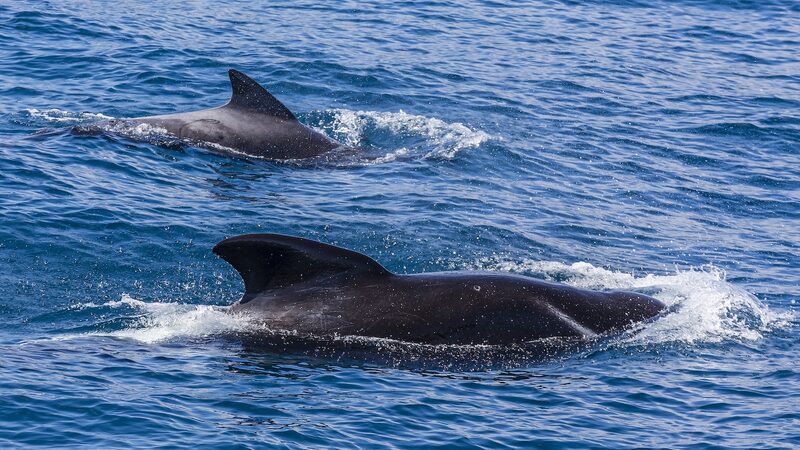Imagine the ocean as a concert hall, with whales as its star performers 🎤. For millennia, their haunting songs have traveled across vast underwater realms. Now, scientists have cracked the code of how these marine maestros hit their notes—and why human activity is turning down the volume.
🔍 A groundbreaking study published this week reveals the secret: baleen whales (like humpbacks) use a unique ‘voicebox’ unlike any land mammal. Using 3D scans, researchers discovered specialized fatty cushions and cartilage that let whales sing without choking or drowning. ‘It’s like a built-in underwater microphone,’ says lead biologist Prof. Coen Elemans.
But there’s a catch 🌊. Noise pollution from ships, drilling, and sonar is drowning out these ancient melodies. Whale songs—used for mating and navigation—now travel shorter distances, threatening their survival. ‘We’re silencing nature’s most soulful playlist,’ warns Elemans.
Why care? Beyond their beauty, whale songs help maintain ocean ecosystems 🌏. Plus, decoding their communication could inspire bio-inspired tech—like quieter submarines or new audio filters!
Next time you stream lo-fi beats, remember: whales perfected underwater vibes long before Spotify 🎧.
Reference(s):
How and why whales sing – and why humans are silencing their songs
cgtn.com


